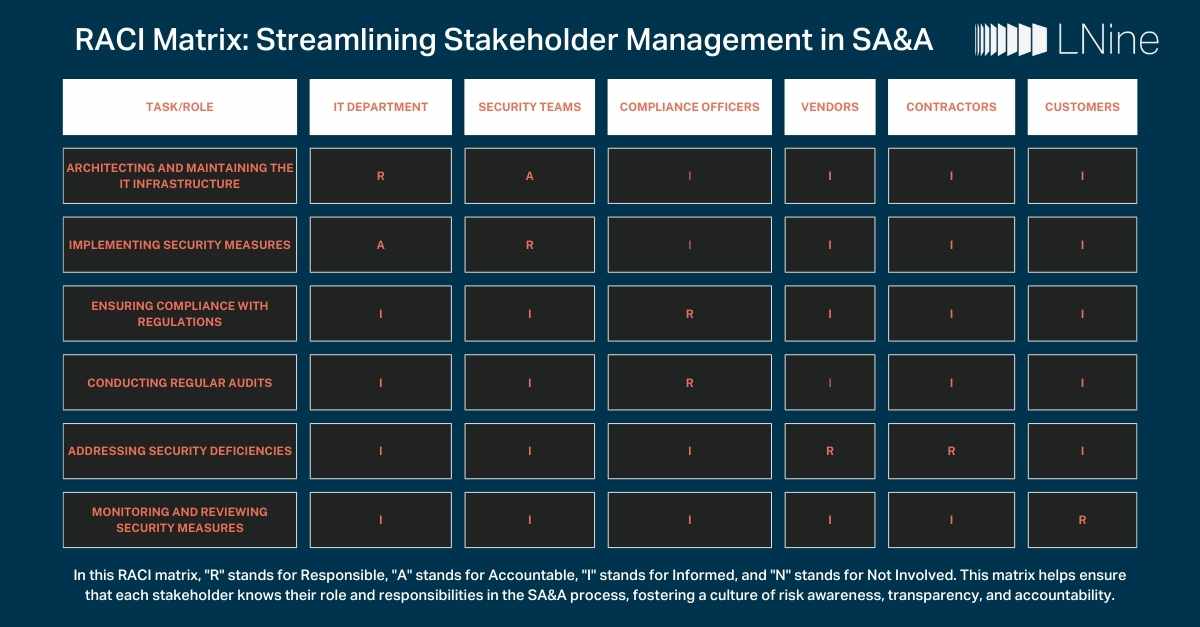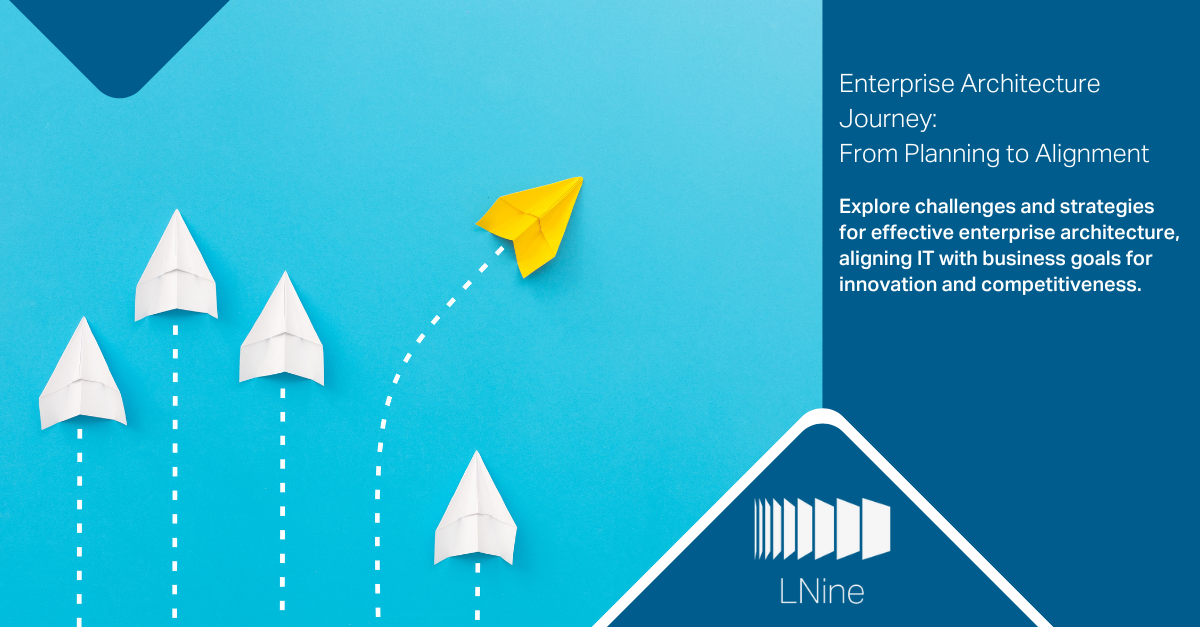In the digital age, data is the new gold. And just like gold, it needs to be protected. As organizations race to modernize their applications, strengthening security and ensuring compliance have become more than just IT concerns—they're business imperatives.
The good news? Modernized applications often come with improved security features, which are crucial in today's threat landscape. Consider this eye-opening statistic from IBM's Cost of a Data Breach Report 2021: organizations with fully deployed security automation experienced breach costs that were 80% lower than those without security automation. That's not just a number—it's a compelling argument for modernization.
Modernization: Your Security Upgrade
Modern application architectures, such as microservices and serverless computing, aren't just about improved performance and scalability. They're also your ticket to better security controls. Unlike traditional monolithic systems, these architectures allow for more granular security policies and faster responses to security incidents. It's like upgrading from a castle wall to a smart home security system—more flexible, more responsive, and more effective.
Take the case of a financial services firm that faced increasing cyber threats and compliance challenges with its legacy systems. By modernizing its applications and moving to the cloud, the firm implemented a suite of advanced security measures:
- Encryption for data protection
- Identity and access management for controlled access
- Automated threat detection for real-time security
The results? A 60% reduction in security incidents and improved compliance with regulatory requirements. That's not just an IT win—it's a business transformation.
Your Security and Compliance Playbook
So, how can you strengthen security and ensure compliance during your modernization journey? Here's your playbook:
- Embrace Security by Design: Don't treat security as an afterthought. Incorporate it into the very design and development of your applications. It's like building a house—it's much easier (and more effective) to include security features during construction than to add them later.
- Encrypt Everything: Implement robust encryption methods for data at rest and in transit. Think of encryption as your data's invisibility cloak, protecting sensitive information from prying eyes.
- Control Access with IAM: Use Identity and Access Management (IAM) solutions to control and monitor access to applications and data. It's like having a strict bouncer at the door of your data nightclub—only those on the list get in.
- Automate Your Security: Deploy automated security tools for continuous monitoring and threat detection. These tools are your tireless security guards, watching for threats 24/7 and responding in real-time.
- Simplify Compliance: Use cloud services that offer built-in compliance features and certifications. It's like having a compliance expert on your team, helping you navigate the complex world of regulatory requirements.
The Payoff: Benefits of Enhanced Security and Compliance
Investing in security and compliance isn't just about avoiding bad outcomes—it's about creating good ones:
- Fortress-like Protection: Improved security measures significantly lower the risk of data breaches and cyber-attacks. In a world where a single breach can cost millions, this protection is priceless.
- Regulatory Peace of Mind: Ensuring compliance with industry regulations protects your organization from legal and financial penalties. It's like having insurance for your data practices.
- Trust Dividend: Enhanced security and compliance build trust with customers and stakeholders. In an era where data breaches make headlines, being known for strong security can be a significant competitive advantage.
Navigating the Challenges
Of course, enhancing security and compliance during modernization isn't without its challenges. High costs, complexity, and potential disruptions are common obstacles. To smooth the path:
- Bring in the Experts: Engage with security experts and consultants. Their experience can help you navigate the complex security landscape and ensure you're following best practices.
- Take It Step by Step: Implement security measures incrementally. This phased approach helps minimize disruptions and manage costs effectively.
- Leverage Cloud Security: Utilize the security features offered by cloud providers. These are often more advanced than what's available in on-premises environments, giving you state-of-the-art protection without the need to build it yourself.
The Security-First Future
Strengthening security and ensuring compliance are not just critical components of application modernization—they're the foundation of digital trust in the 21st century. By adopting modern architectures, implementing robust security measures, and leveraging cloud-based compliance features, organizations can protect their data, meet regulatory requirements, and build lasting trust with their customers.
While challenges exist, the benefits of enhanced security and compliance far outweigh the costs. In a world where data breaches can shake businesses to their core, a strong security and compliance posture isn't just a nice-to-have—it's a must-have.
Remember, in the digital age, your security is only as good as your weakest link. Modernization is your opportunity to strengthen every link in the chain. The question isn't whether you can afford to prioritize security and compliance—it's whether you can afford not to.




